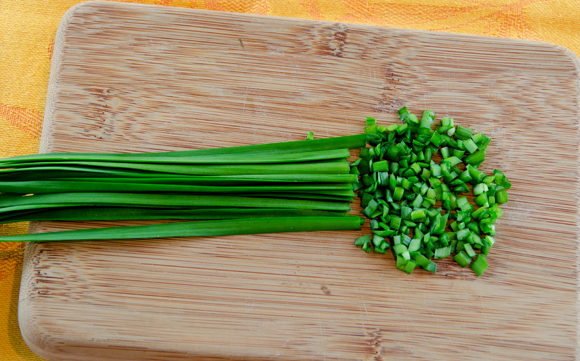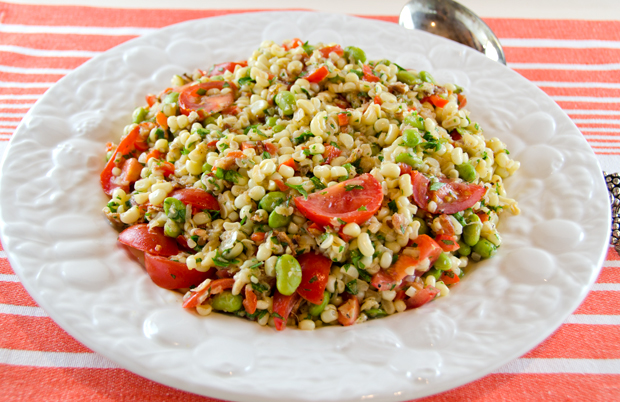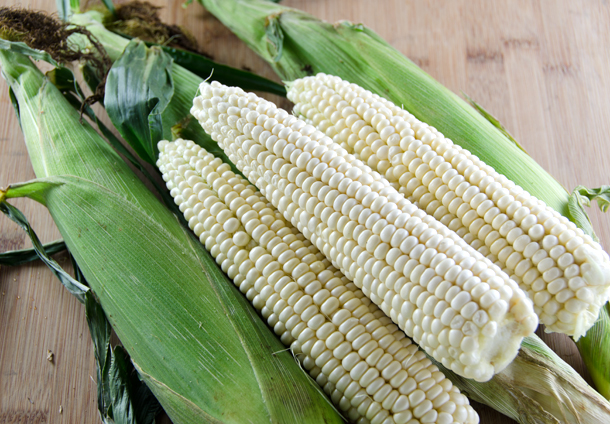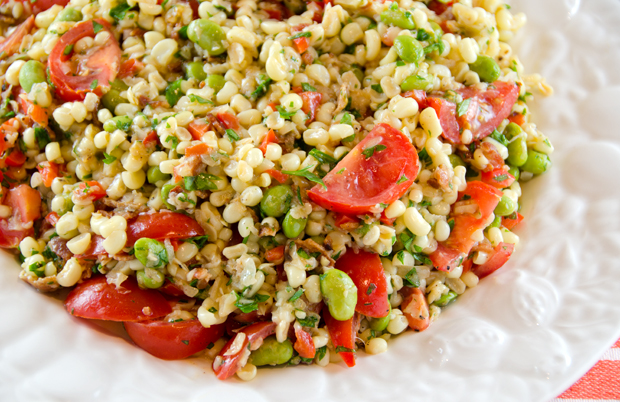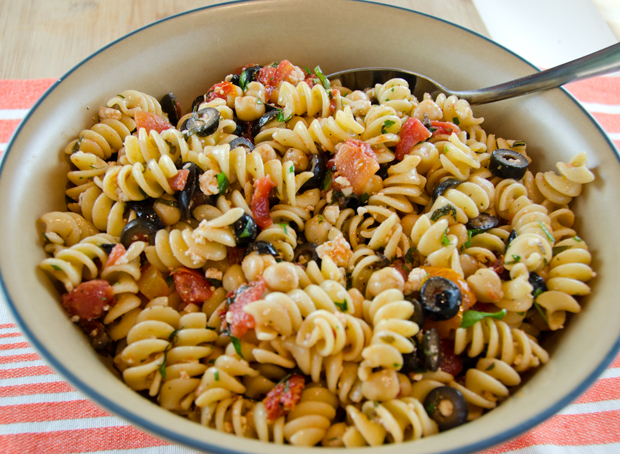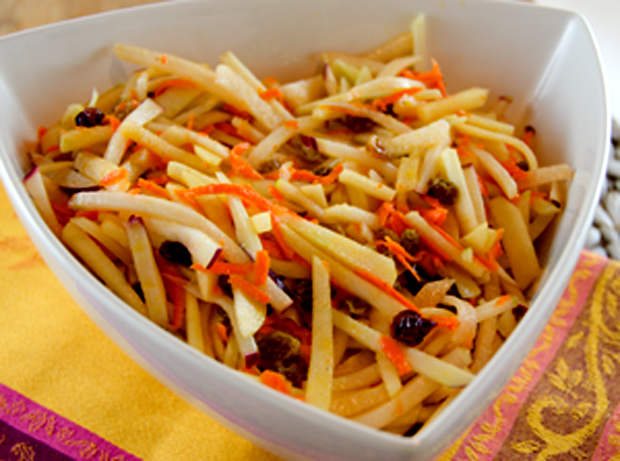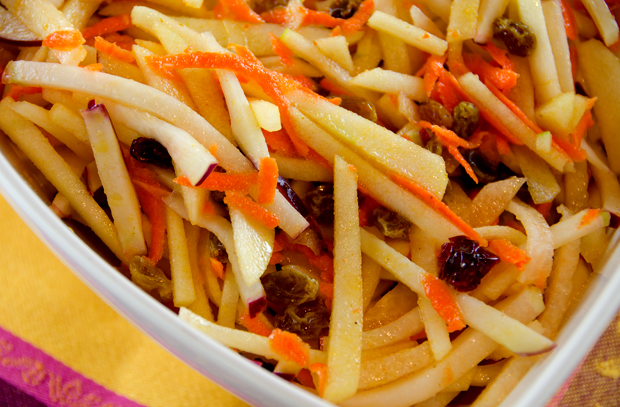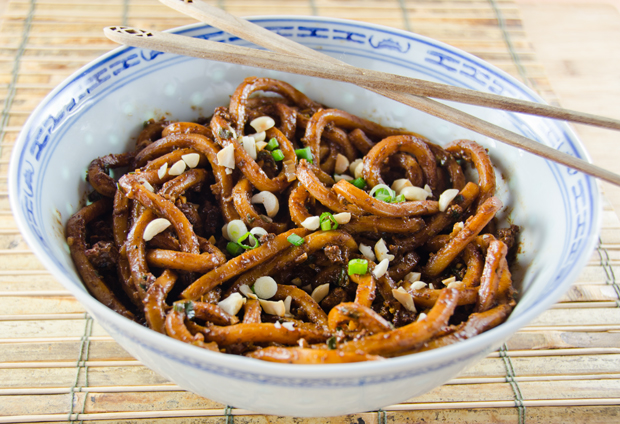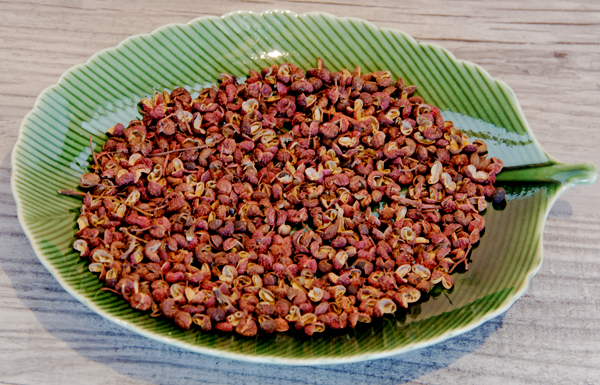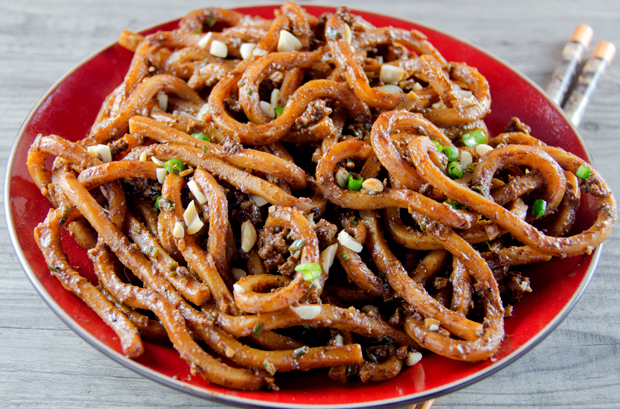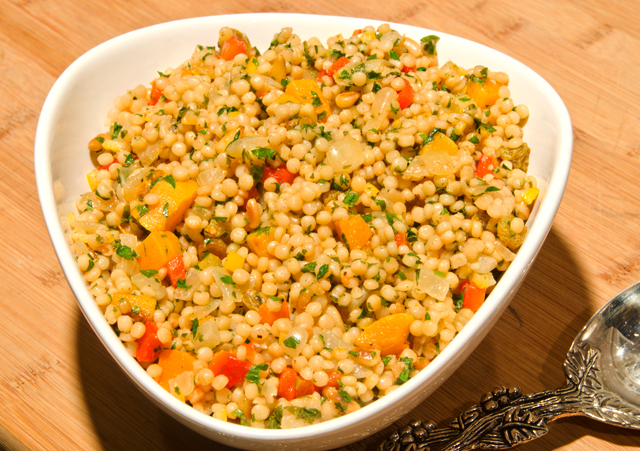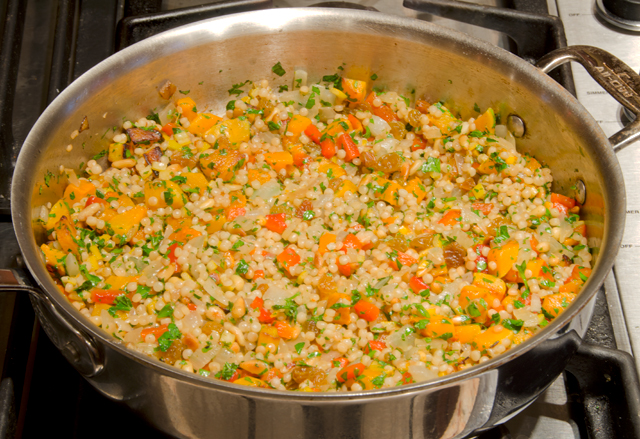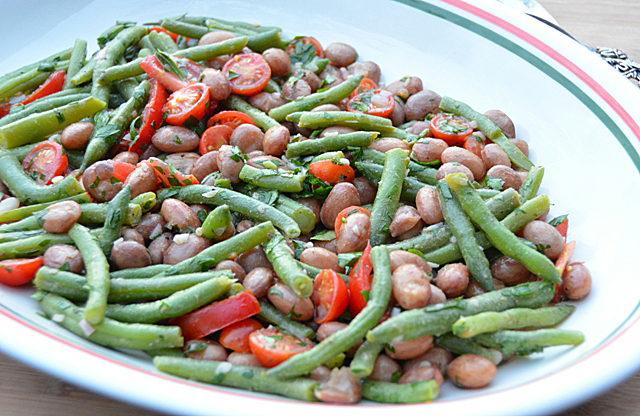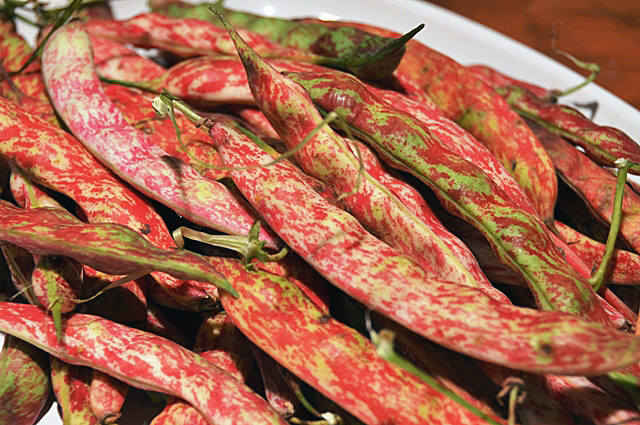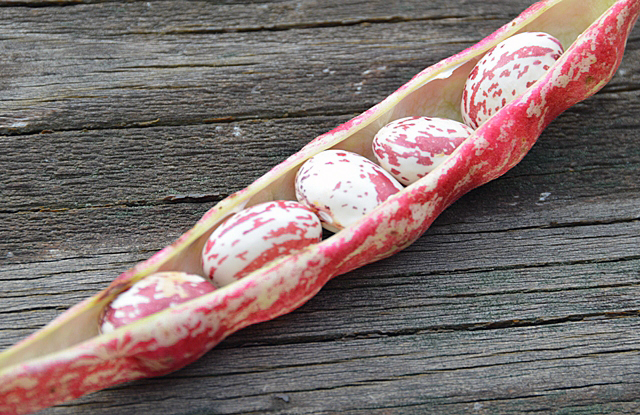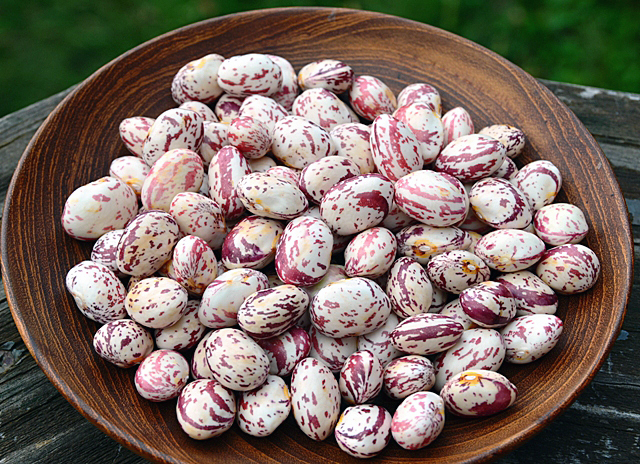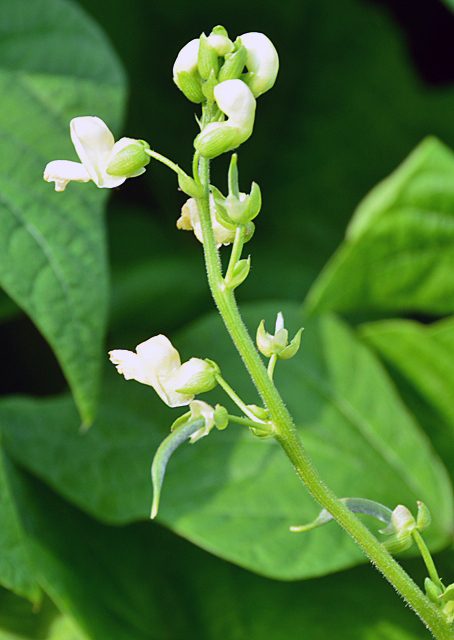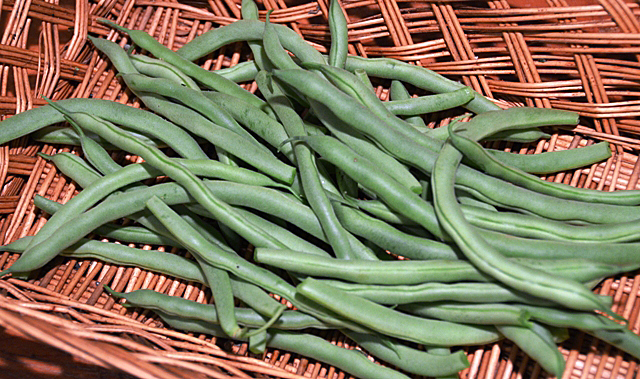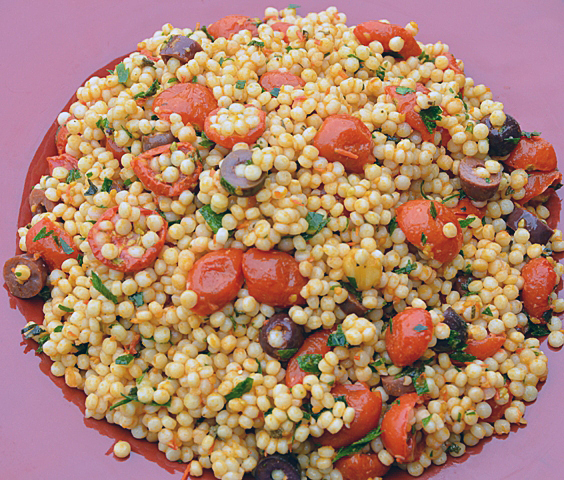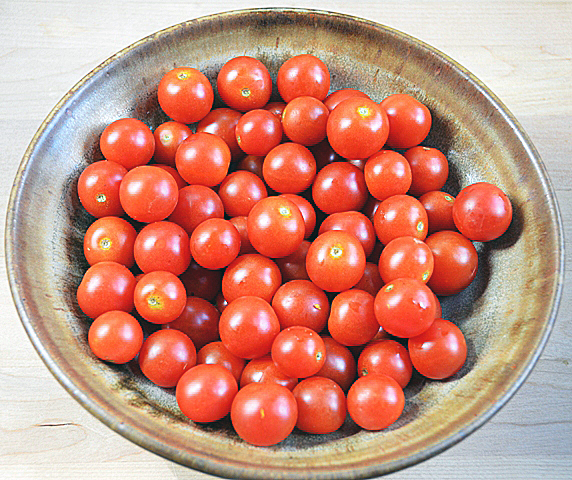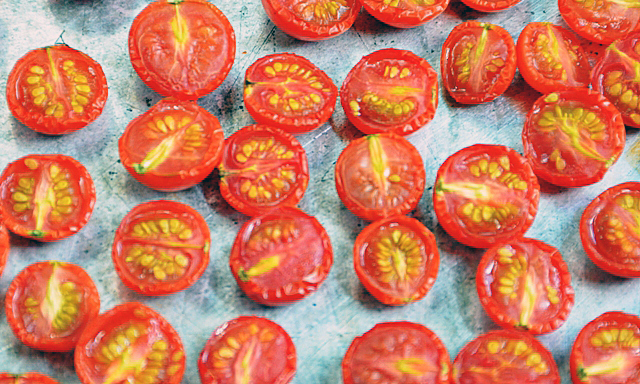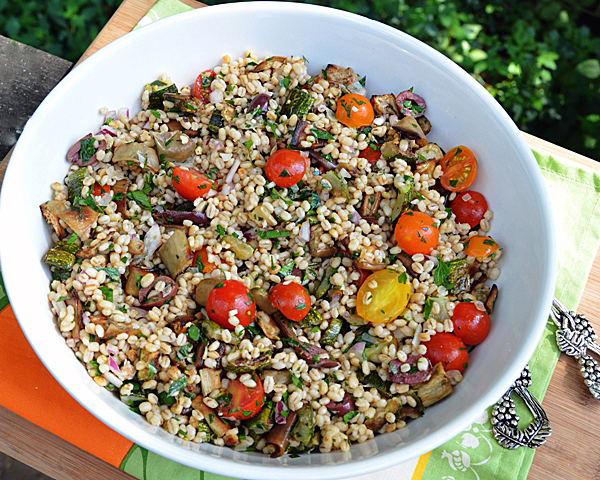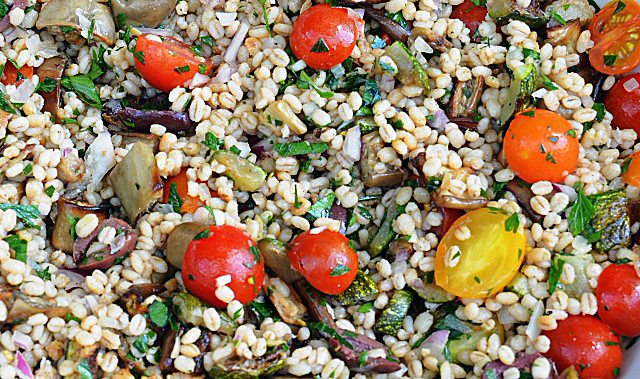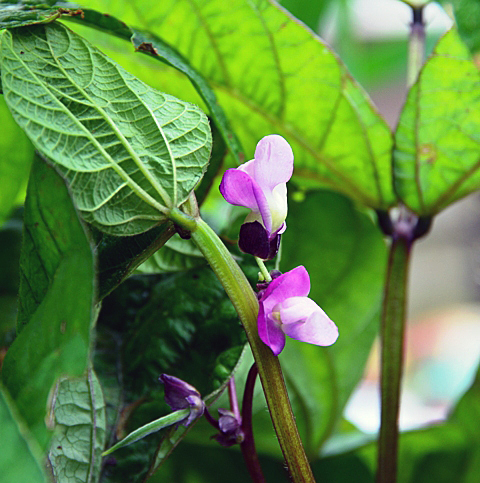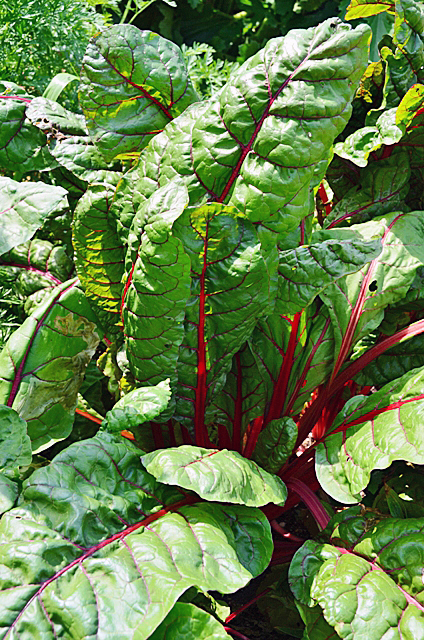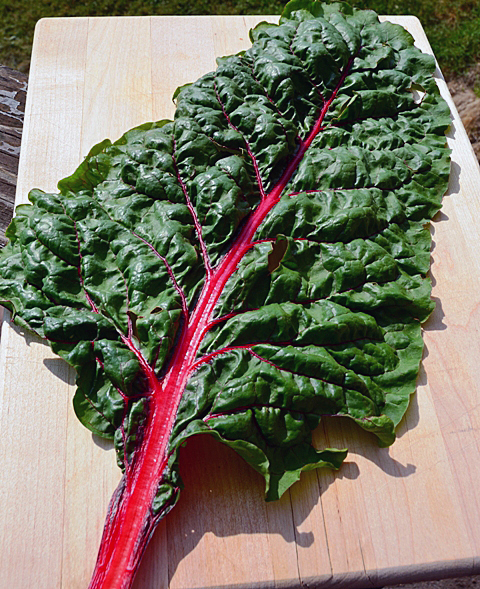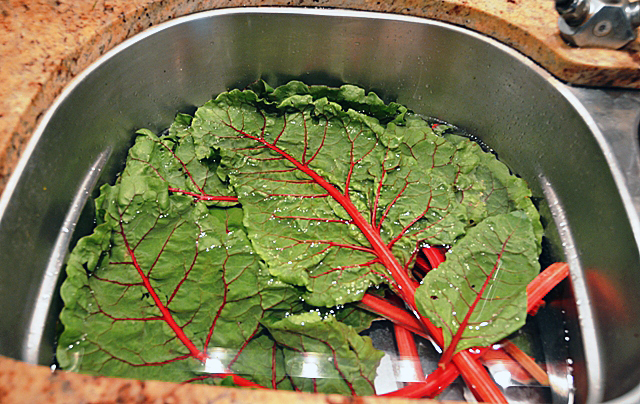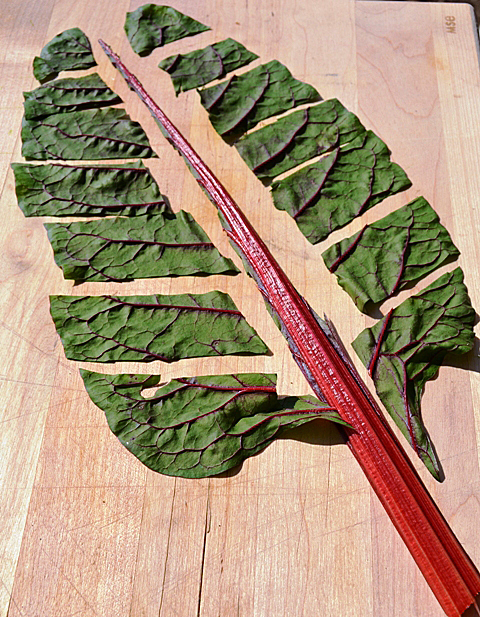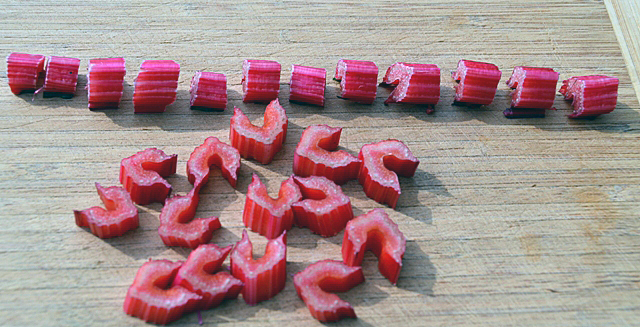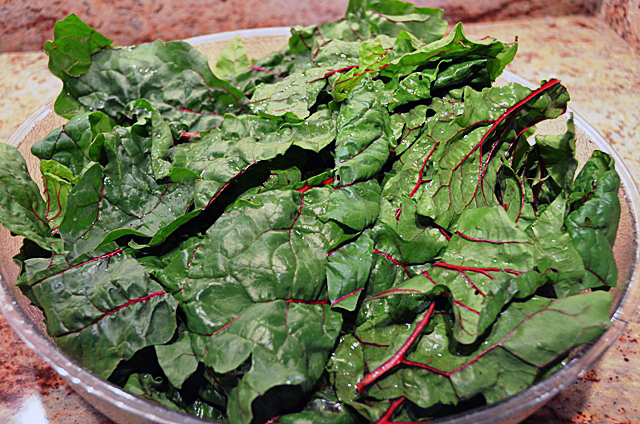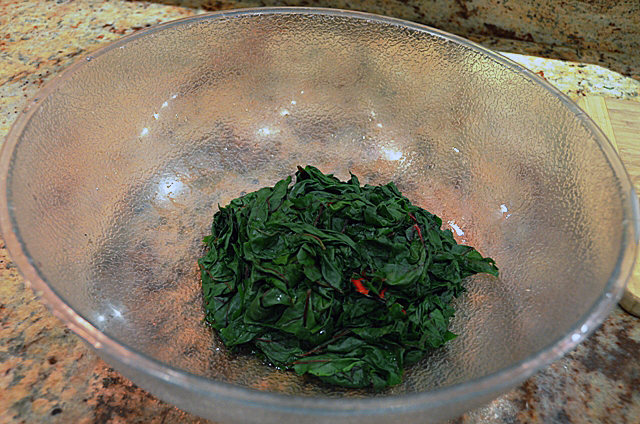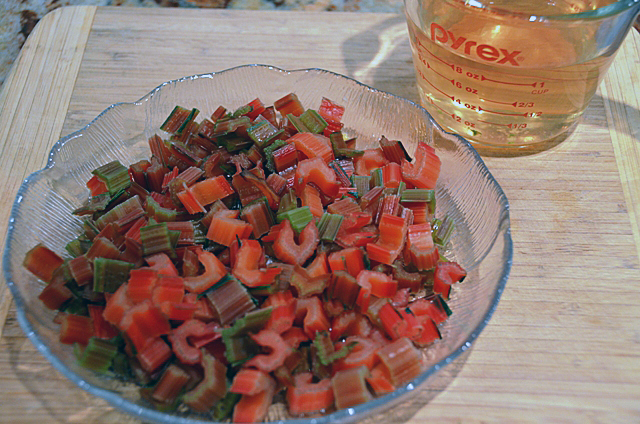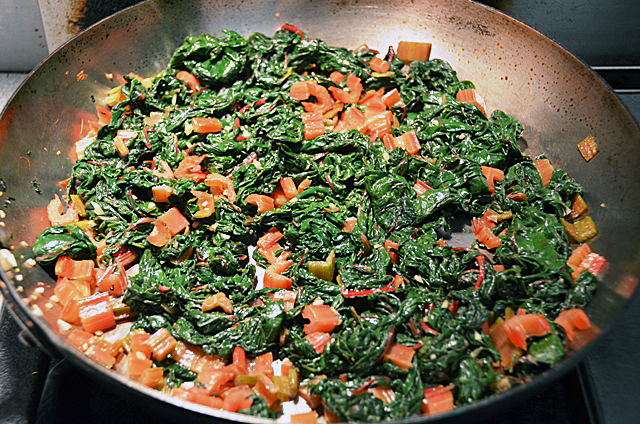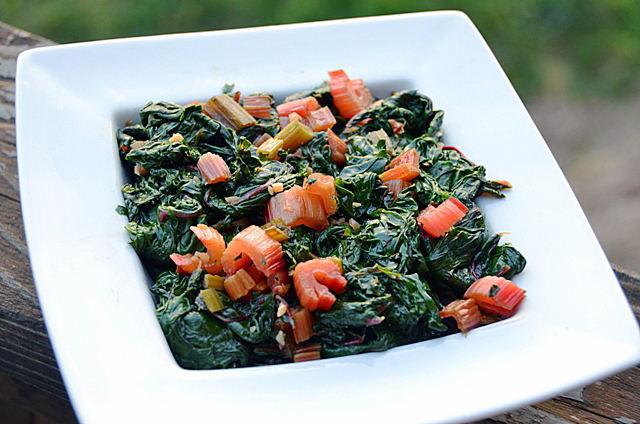 “Maybe we can try them again.” That was Joe’s response as he chuckled while reading about the “hall of fame” vegetables that I mentioned in my last post. Specifically, he was talking about revisiting potatoes. I certainly concur with that idea. Potatoes don’t take up a great deal of growing room, in fact they can be grown in containers. Home grown just harvested potatoes definitely taste fresher than ones that have been sitting on the supermarket shelf for weeks. In previous seasons we grew varieties like Yellow Finn, Russian Banana, Red Norland and Purple Peruvian. Specialty potatoes are becoming more common but they come with a hefty price. I prefer harvesting potatoes when they are relatively small and at their sweetest. . Small red potatoes are often labeled as “new” but any variety harvested before maturity is technically a new potato. Unlike purple/blue beans that turn a muddy green when cooked, blue or purple potatoes maintain their bright color when cooked. A combination of red, white and blue varieties made for a rather patriotic looking potato salad at our cookout one year.
“Maybe we can try them again.” That was Joe’s response as he chuckled while reading about the “hall of fame” vegetables that I mentioned in my last post. Specifically, he was talking about revisiting potatoes. I certainly concur with that idea. Potatoes don’t take up a great deal of growing room, in fact they can be grown in containers. Home grown just harvested potatoes definitely taste fresher than ones that have been sitting on the supermarket shelf for weeks. In previous seasons we grew varieties like Yellow Finn, Russian Banana, Red Norland and Purple Peruvian. Specialty potatoes are becoming more common but they come with a hefty price. I prefer harvesting potatoes when they are relatively small and at their sweetest. . Small red potatoes are often labeled as “new” but any variety harvested before maturity is technically a new potato. Unlike purple/blue beans that turn a muddy green when cooked, blue or purple potatoes maintain their bright color when cooked. A combination of red, white and blue varieties made for a rather patriotic looking potato salad at our cookout one year.
For this Fourth of July holiday I wanted the simplest of potato salads to accompany the baby back ribs and grilled chicken that were on the menu. After some thought, I decided to use the recipe for roasted potatoes that I often make for dinner. Red bliss, or any other low starch potato will work best for this recipe. Low starch potatoes have a creamy texture and stay firm when they are cooked. I looked for the smallest potatoes I could find and cut them in half, tossing them with salt and pepper and enough olive oil to coat. For optimal browning the potatoes need to be cut side down in a single layer and if you have one, a dark colored baking sheet helps this process along. Cover the potatoes with foil for the first twenty minutes of cooking. A word of caution, when you remove the foil, be careful of the steam facial that will be released.
If you choose to plant garlic chives remember they can take over your garden. To minimize their invasive potential, remove their flower stalk before they have a chance to broadcast their seeds. Garlic chives have a mild flavor of garlic and the leaves are flat and strap-like with a white tall spiky flower as opposed to the purple flowers and tubular leaves of regular chives. To use garlic chives, I cut a handful, line them up and snip with scissors.
The cooled potatoes were tossed with just enough of a good quality balsamic vinegar, salt, freshly ground pepper and a sprinkling of freshly snipped garlic chives. The results were exactly what I had in mind and suited the rest of the menu quite nicely.
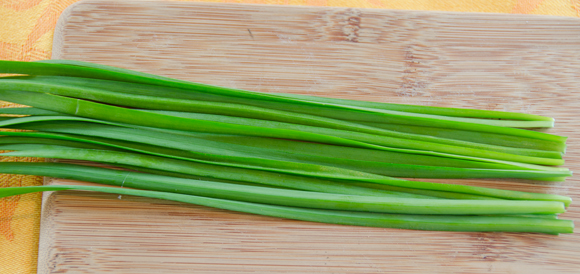
- Line up your chives before chopping on a cutting board or gathering in your hand to snip with scissors
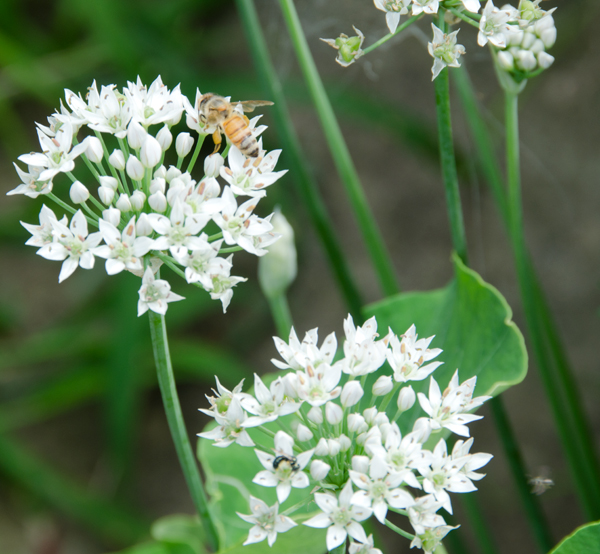
Roasted Potato Salad
Roasted potato recipe adapted from Cooks Illustrated
Serves 4-6
Ingredients
- 2 1/2lbs small low starch potatoes such as Red Bliss,
- 3T Olive Oil, use a good quality, extra virgin is not necessary though
- Kosher salt and freshly ground pepper
- 1-2T Balsamic vinegar
- 1-2T Freshly snipped garlic chives
Directions
- Adjust oven rack to lowest position and preheat to 425F.
- Cut potatoes in half and place in a medium sized bowl. Toss potatoes and olive oil to coat, season to taste with salt and pepper and toss again to blend.
- Place potatoes cut side down in a single layer on a baking sheet, cover tightly with foil and bake for about 20 minutes. Carefully remove foil and continue to bake about 10 minutes more. Remove pan from oven and carefully turn potatoes over with a metal spatula. Press the spatula against the metal as it slides under the potatoes to protect the crispy crusts. Return pan to oven and bake about 5 minutes more, the potato skins will start to wrinkle a bit. Remove pan from oven and allow potatoes to cool for about 10 minutes.
- Transfer cooled potatoes to a medium sized bowl. Toss with balsamic vinegar and snipped garlic chives. Serve potato salad at room temperature.
